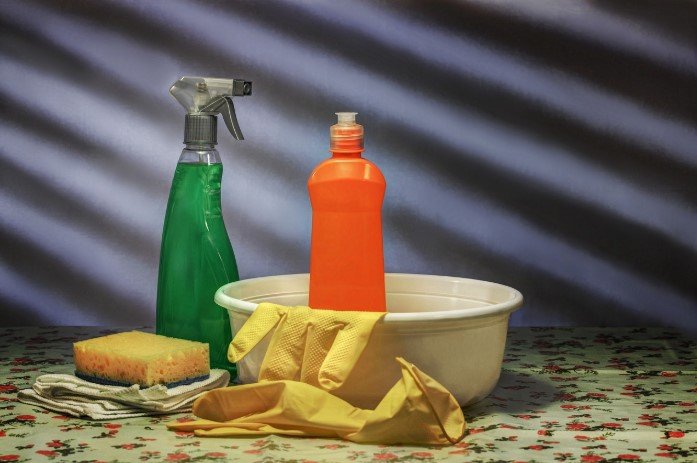In the past, fixing underground pipes required expensive labor, time-consuming excavation, and serious harm to driveways, buildings, and even landscapes. But thanks to advancements in contemporary plumbing, it is now feasible to repair pipes without excavating. The trenchless technology known as pipe relining is transforming the way we fix pipes. By restoring structural integrity and functionality from within, this technique does away with the necessity for conventional replacement. However, what precisely is the science behind the effectiveness of pipe relining? This article will discuss the intriguing procedure, the components used, and the reasons it’s quickly taking the lead in plumbing systems for homes, businesses, and industries.
In the bustling city of Portland, the demand for efficient and non-invasive plumbing solutions is ever-growing. Companies like Sarkinen plumbing in Portland OR are at the forefront of this innovation, offering advanced pipe relining services that eliminate the need for disruptive digging. By utilizing cutting-edge technology, they ensure that pipes are restored to optimal condition with minimal impact on the surrounding environment. This method not only saves time and resources but also extends the lifespan of existing plumbing systems, making it a preferred choice for both residential and commercial properties in the area.
A Closer Look at How Pipe Relining Operates
A no-dig method for repairing deteriorating or damaged pipes, pipe relining—also known as cured-in-place pipe (CIPP) lining—creates a new pipe inside the old one. Using high-definition cameras, the process starts with a comprehensive examination that enables plumbers to spot any cracks, obstructions, or structural weaknesses. After identifying the trouble spots, debris, roots, and buildup are removed from the existing pipe using mechanical tools or high-pressure water jets. A flexible liner covered in a unique resin is inserted into the damaged pipe as part of the relining procedure. After that, the liner is inflated, pressing the resin up against the pipe’s inner walls. After it is in place, the resin is cured, either by UV light, hot water, or room temperature, creating a seamless, long-lasting new pipe inside the old one.
Economic and Environmental Benefits
The low environmental impact of pipe relining technology is one of the strongest arguments in favor of its adoption. Roads, sidewalks, gardens, or floors must frequently be dug up using traditional excavation techniques, which upsets ecosystems, destroys landscaping, and produces a lot of waste. On the other hand, because pipe relining does not require excavation, it protects the environment, which is why so many people are looking for green ways to successfully reline a pipe as soon as possible. By using less heavy equipment and moving less debris, this trenchless method also lowers carbon emissions. Economically, relining pipes can save a lot of money. The lower labor costs, shorter project schedules, and absence of restoration work result in lower overall costs, even though the initial cost of materials and technology may be similar to that of conventional methods.
The Materials’ Scientific Basis
The advanced materials used in the process have a major impact on how effective pipe relining is. Epoxy, polyester, or vinyl ester formulations are commonly used as resins; each has unique qualities that are suited to particular pipe conditions. For instance, epoxy resin is well known for its chemical resistance and adherence, which makes it perfect for wastewater and sewer pipes that are subjected to corrosive materials. Vinyl ester provides better mechanical strength and chemical resistance for industrial applications, while polyester resins are more affordable and appropriate for non-corrosive settings. A chemical reaction during curing turns the liquid resin into a solid, resulting in an inner pipe that is stiff and impervious to corrosion. Molecular chains are cross-linked during this process, called polymerization, to create an inert, long-lasting structure.
Uses and Restrictions
Sewer lines, stormwater drains, potable water pipes, and industrial pipelines are just a few of the many pipe systems that can benefit from pipe relining’s adaptability. It is especially helpful in urban areas where excavation is either forbidden or impractical. Relining pipes isn’t a universal solution, though. Since relining depends on the existing pipe retaining some structural integrity to support the liner during curing, severely collapsed pipes or those with extensive structural failures may still need to be replaced traditionally. Bends, junctions, and variations in pipe diameter can also be problematic; to restore branch connections, special liners or extra methods like robotic cutting may be needed. Before committing to pipe relining, it is essential to carry out a comprehensive inspection and feasibility assessment to make sure it is the best course of action for the particular issue.
With its many uses, financial benefits, and environmental advantages, pipe relining is set to become the norm for pipe repair in the twenty-first century. Homeowners, businesses, and municipalities can anticipate more dependable, economical, and environmentally friendly plumbing solutions without ever having to handle a shovel, as research and development work continues to improve the science underlying them.
Refresh Date: August 21, 2025







